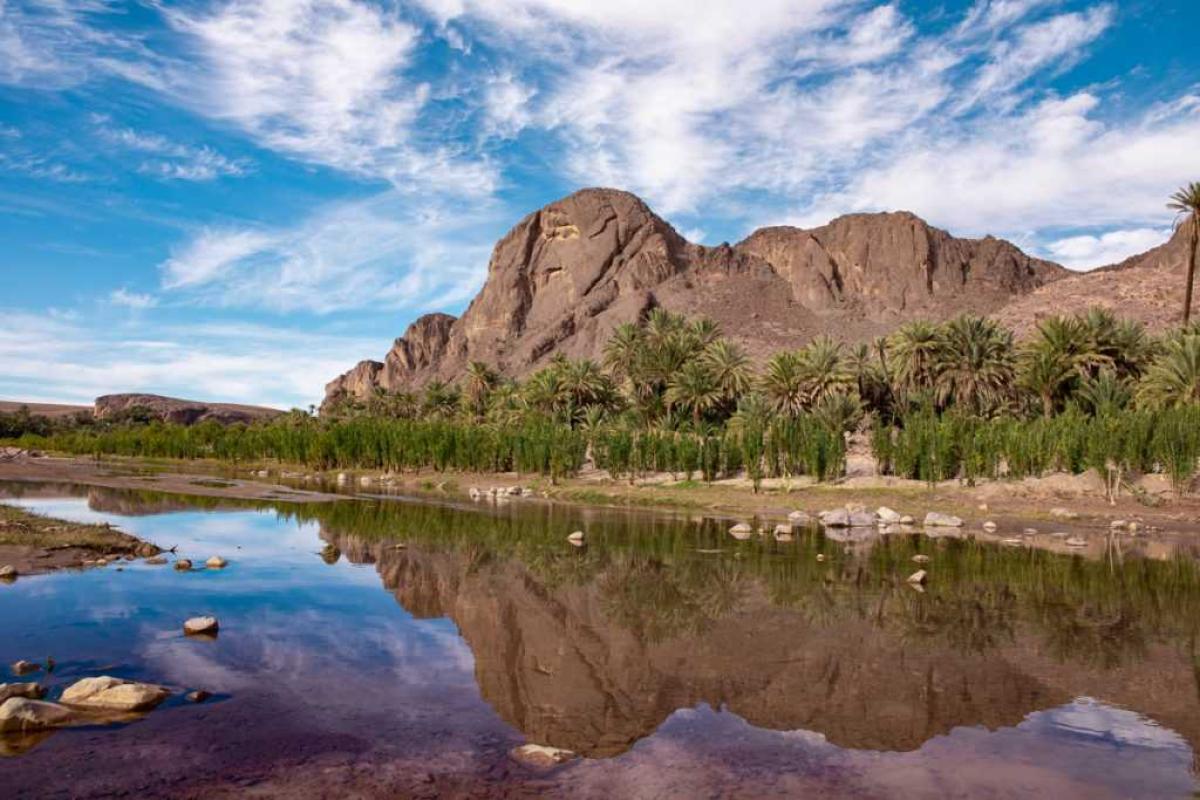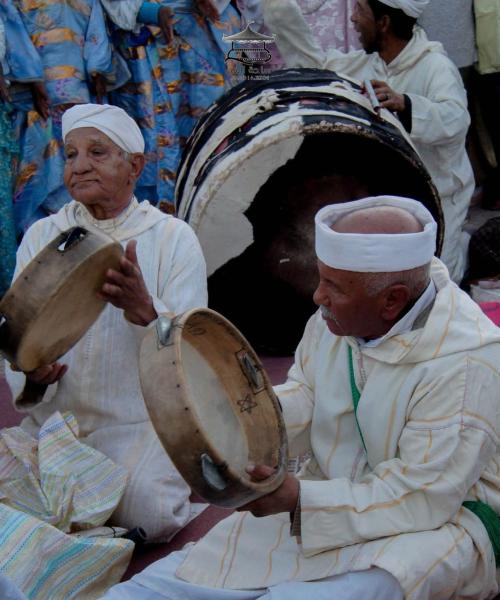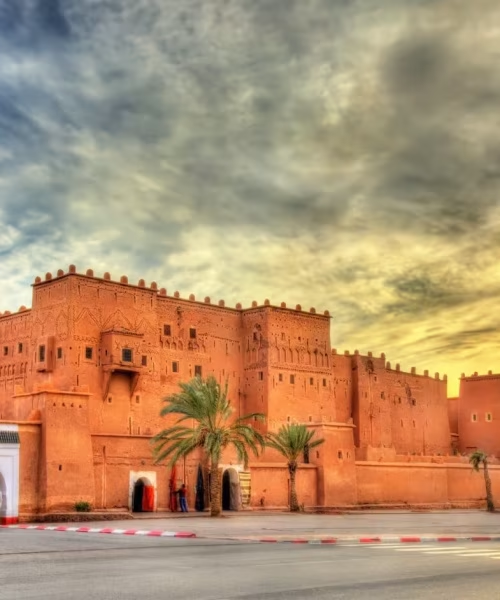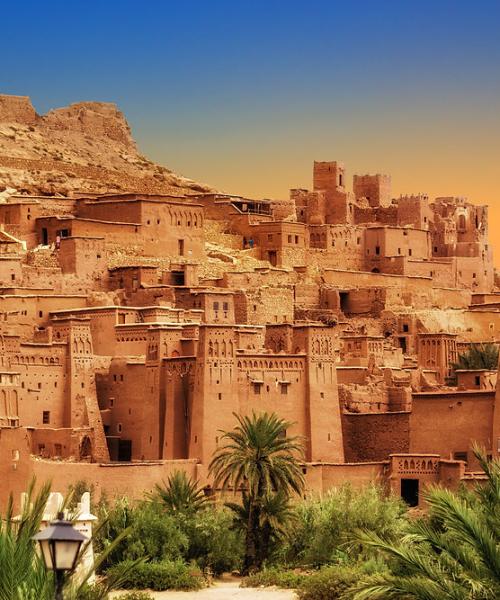
Ouarzazate, the city located in southern Morocco, is famous for its breathtaking oases that form a unique landscape blending greenery and desert. These oases are an essential part of the region's natural and cultural heritage, providing a habitat for biodiversity and serving as a tourist attraction that draws visitors from around the world.
Main Oases of Ouarzazate
- Located 12 km from Ouarzazate city, it stands out for its unique natural beauty, surrounded by desert hills while the oasis abounds with palm trees, vines and apricot trees.
- The 600 inhabitants practice subsistence farming (carrots, onions) using traditional irrigation techniques.
- It faces challenges due to isolation and lack of infrastructure, making it unknown to many Moroccans despite its tourist potential.
- Extending along the Dadès Valley, it's renowned for its palm groves and fruit trees (pomegranates, almonds).
- Ideal starting point for excursions to Zagora, where greenery meets sand dunes.
- Stretching from Ouarzazate to Zagora, they are among Morocco's largest oases, offering vast green spaces in the desert.
- Dependent on waters from the High Atlas, they're vulnerable to climate fluctuations.
Role of Oases in Economy and Culture
- Tourism: They attract nature-seeking tourists, especially in Fint and Skoura where safaris and traditional farming experiences are organized.
- Agriculture: They produce high-quality dates along with fruits and vegetables that contribute to the local economy.
- Cultural Heritage: The oases reflect a traditional lifestyle adapted to the desert environment, like the ancient "khettara" irrigation system.
Challenges Facing the Oases
- Climate Change: Declining groundwater due to recurrent droughts threatens agriculture and oasis life.
- Urban Expansion: Cities encroaching on agricultural lands, especially in Drâa Valley.
- Neglect: Lack of infrastructure investment in remote oases like Fint limits tourism development.
Conservation and Valorization Efforts
- International Conferences: Like the "Oases and Date Palms" congress held in Ouarzazate (2025).
- Restoration Projects: Rehabilitating khettaras and promoting sustainable agriculture.
- Tourism Promotion: Highlighting oases as ecotourism destinations.
"Oases aren't just green spaces, but the living memory of the Moroccan desert" — Environmental report.
Conclusion
Ouarzazate's oases represent a natural treasure combining beauty and heritage, but require urgent protection against environmental and economic challenges. They could become sustainable development pillars if integrated into local tourism and agricultural policies.




